Roy Kiyooka (1926, Moose Jaw, Saskatchewan–1994, Vancouver)
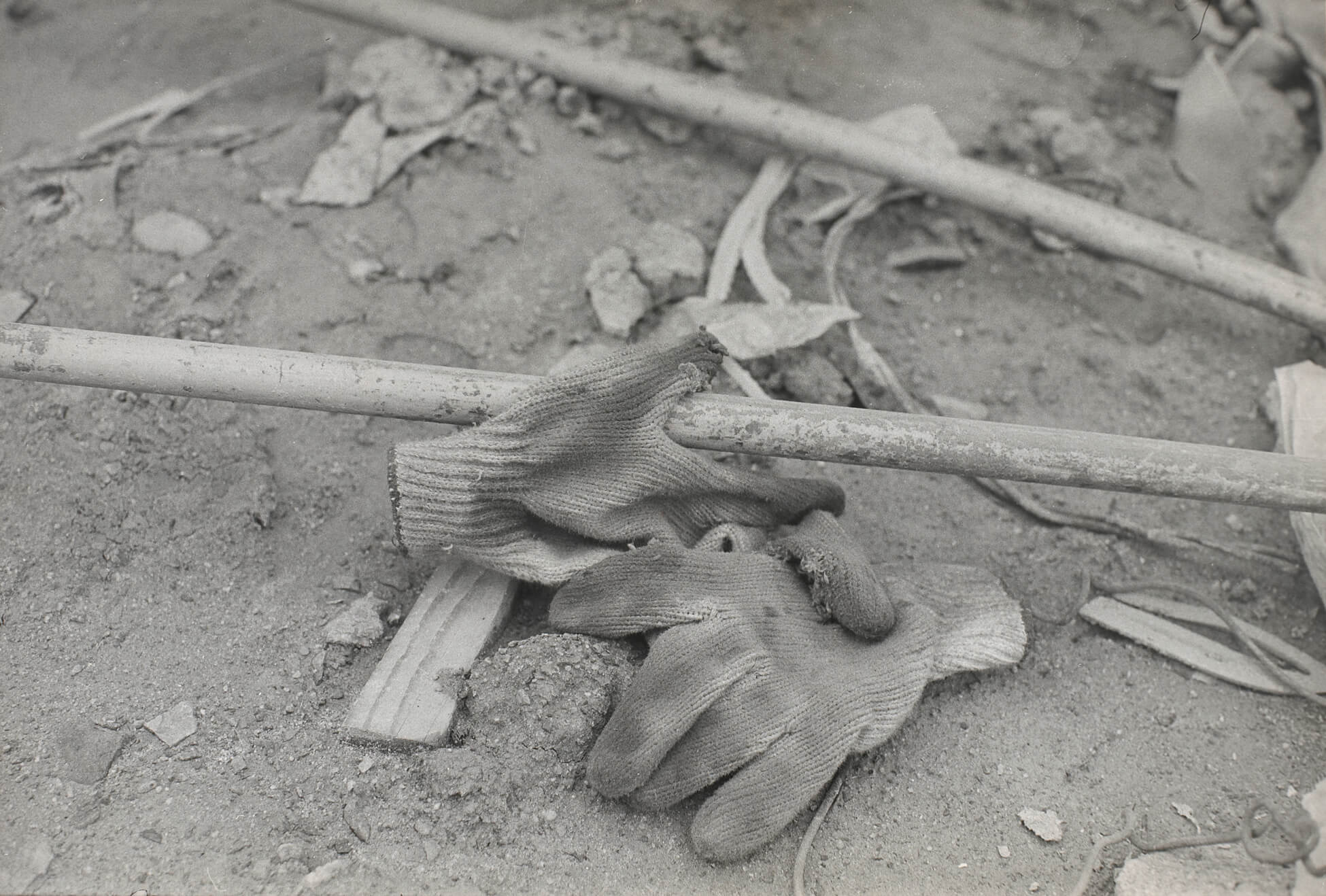
StoneDGloves, 1970
Gelatin silver print, mounted on cardboard, 67.9 x 100.4 cm
National Gallery of Canada, Ottawa
Celebrated for his work in a wide range of artforms, Roy Kiyooka (1926–1994) created several significant photography projects, including StoneDGloves: Alms for Soft Palms, one of his earliest and best known endeavours. In 1969, Kiyooka travelled to Osaka to oversee installation of his commissioned sculpture for the World Expo and began to photograph discarded gloves left by the workers on site. Kiyooka heightened the impact of the spare images through the addition of text, specifically his evocative title and the integration of poetry to accompany the photographs. Acquired by the National Gallery of Canada, the project was exhibited nationally.
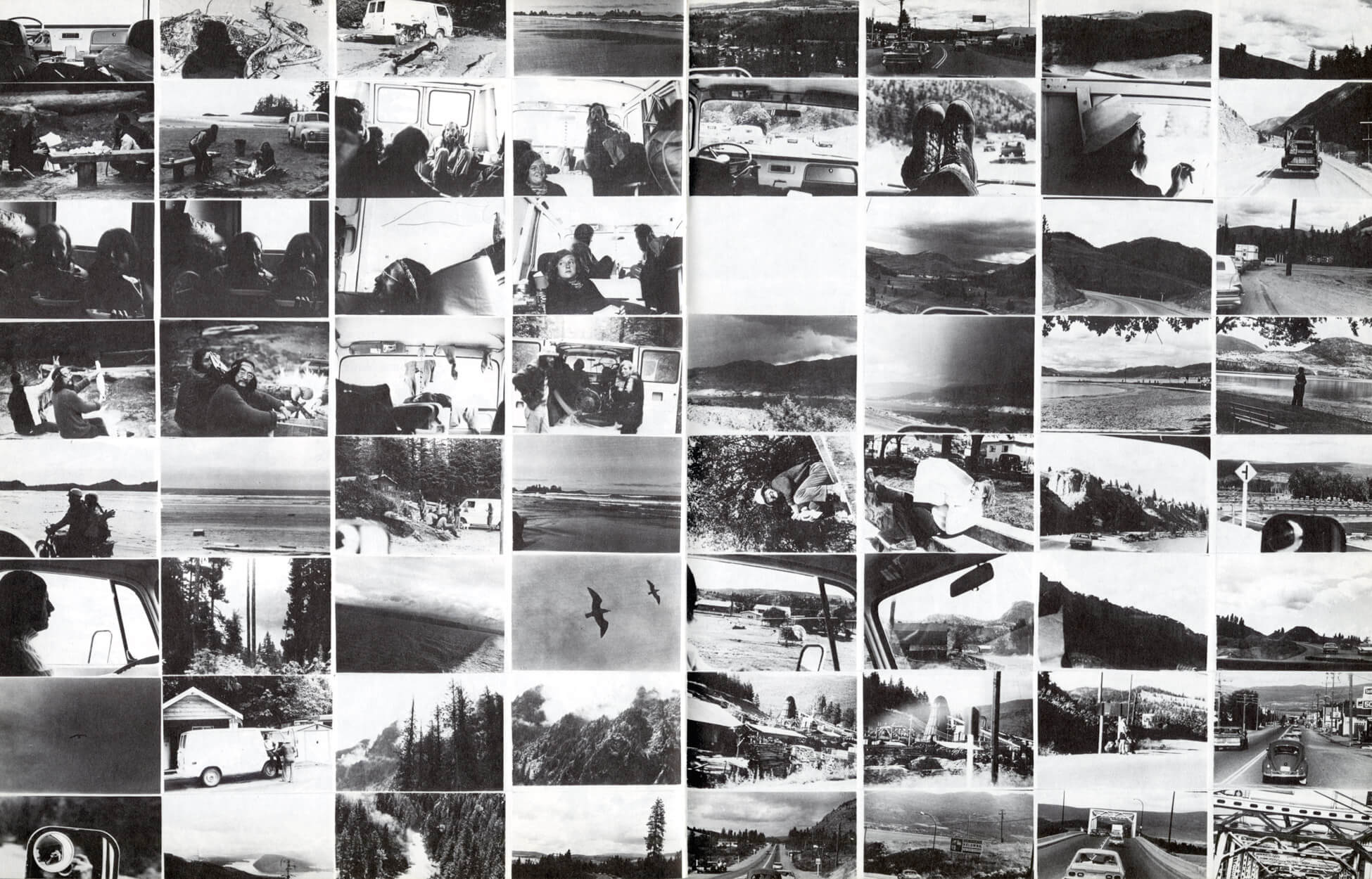
Kiyooka began his career as a painter in the late 1940s, studying with Painters Eleven member Jock Macdonald (1897–1960). In 1955, Kiyooka spent eight months in the San Miguel artist colony in Mexico before participating in the Emma Lake Artists’ Workshops at the University of Saskatchewan (1957–60) where he worked with American art critic Clement Greenberg and artist Barnett Newman (1905–1970). After moving to Vancouver in 1959, he shifted away from painting to take up photography and later filmmaking, music, and poetry. His interest in serial images and photography as a way to represent movement are evident in Long Beach BC to Peggy’s Cove Nova Scotia, created after a temporary move to teach at Nova Scotia College of Art and Design in Halifax.
In his work Transcanada Letters, a conceptual book project from 1975, Kiyooka used snapshots and family photographs alongside his own letters and experimental texts to articulate his experience of place and nation as a second-generation Japanese Canadian. The movement and sources tracked in the images and text weave across Canada but also across the Pacific, questioning the geographic limits of identity and belonging.
Working with Michael de Courcy (b.1944), Kiyooka also organized the landmark and controversial National Film Board–funded project 13 Cameras/Vancouver. This array of abstract and conceptual photographs was published as a book and presented as an exhibition at the Vancouver Art Gallery in 1978. Challenged by the lack of guiding text, one reviewer complained of the lacklustre snapshot aesthetic and the public funding for this counterculture collaboration by writing that “the group contemplated their 13 navels over a period of months in an apparently fruitless attempt to find a consensus.” Throughout his career, Kiyooka remained highly influential in the Vancouver scene as an organizer, collaborator, and teacher, where he taught first at the Vancouver School of Art (now the Emily Carr University of Art + Design) and then at the University of British Columbia from 1973 to 1991.
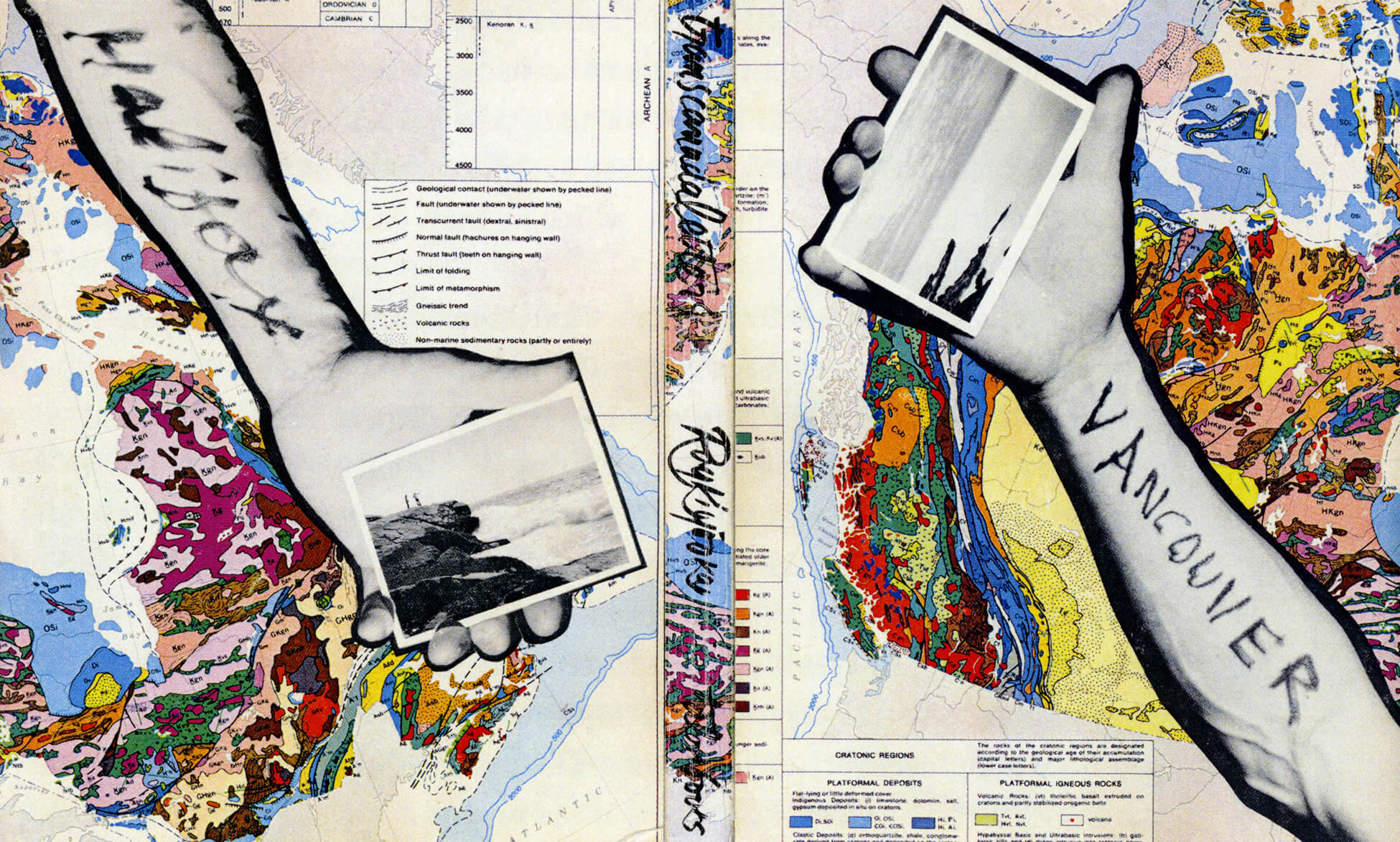
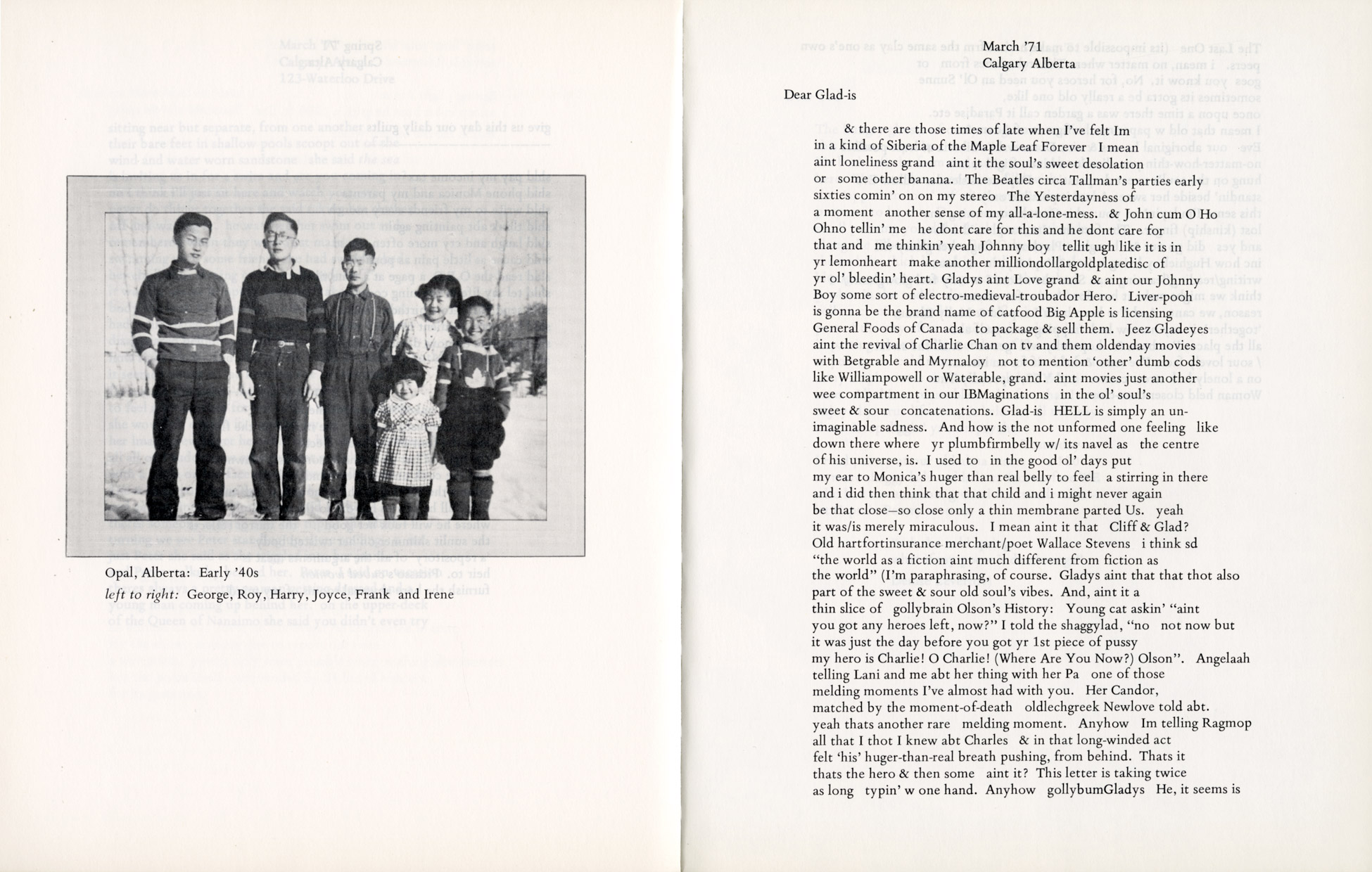

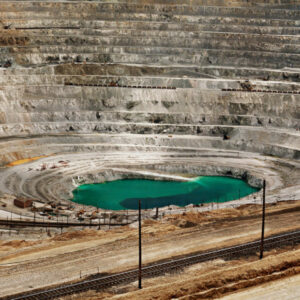 About the Authors
About the Authors
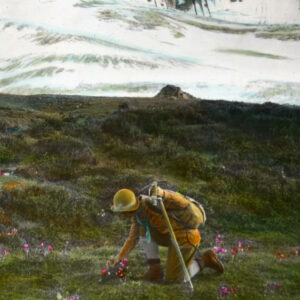 More Online Art Books
More Online Art Books
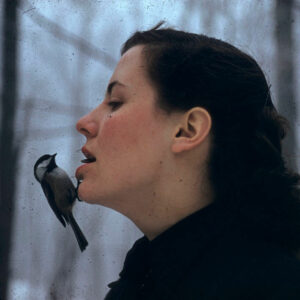 Acknowledgements
Acknowledgements